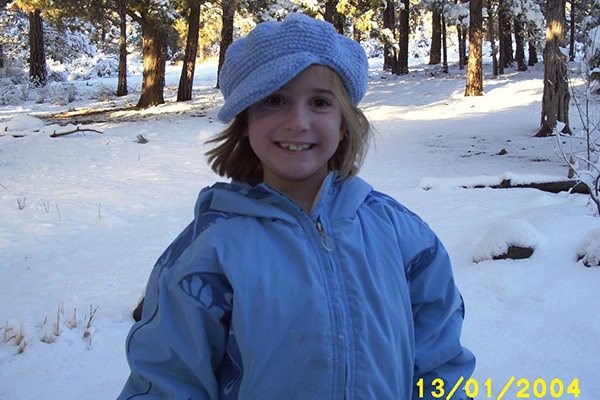by Leon Pantenburg
Brushfire Plague, a novel by R.P. Ruggiero, plays out the worst-case scenario of a pandemic. Suddenly, with no warning, people start getting sick and dying as the result of a mysterious virus. The apparently uncurable pandemic spreads rapidly, and public hospitals, clinics, emergency responders and police are overwhelmed.
 Here is what the public relations releases for the book state:
Here is what the public relations releases for the book state:"When a virulent plague erupts across the globe, Cooper Adams faces a daily battle for survival as society unravels at a dizzying pace. As he organizes his neighbors for self-defense and strives to save those around him, he soon discovers the first clues about the origin of the Brushfire Plague that is killing untold millions around the world. In his pursuit to learn the truth, Cooper must combat looters, organized gangs, and those protecting the Brushfire Plague's secrets.
"When his son falls ill, his search to uncover the plague's origin and a possible cure transforms into a race against time. Ultimately, Cooper faces a paralyzing choice between exposing what he has learned with potentially shattering consequences, or abetting a horrible secret and giving his nation a chance to recover and rebuild."
Anyway, Bushfire Plague becomes a variation of similar urban situations that became popular in such novels as "One Second After" by William R. Forstchen.
Here's the pattern: Disaster hits (Fill in whatever seems appropriate). Our hero and his family are alone, but aware of the need for preparedness.
The story starts out with the classic stay-in-place-during-a-disaster situation, where neighbors must band together to create a safe zone. Along the way, they have to deal with the inevitable unprepared malcontents within the community, who think all the preparation is crazy until a group of crazies must be fought off. Then, the members of the community with military experience get together to save everyone's bacon.
(Here are my critique credentials: I have a degree in Journalism/English from Iowa State University, and over three decades of experience in newspaper/periodical/public relations writing and photography. I am currently the college newspaper advisor for The Broadside at Central Oregon Community College. Here are the comments and questions I would give Mr. Ruggiero, were he one of my students.)
What is this book about? A pandemic? Urban survival? A government-encouraged conspiracy to thin out the population? All of the above? I can't find a central theme.
There are some plot weaknesses that detract from the overall technically-good writing.
First, there are the cliche gunfights with gangbangers at the barricades of the subdivision entrances. We read in detail about what weapons are necessary. While this may appeal to some readers, too much of such information leaves me, an avid shooter and gun enthusiast, yawning. The sections about fighting, security etc are too long.
Second, graphic discussions about what happens to the human body when hit with particular rounds, are overused, and are now so common as to lose impact.
Conspicuous in its absence is the lack of disinfecting and quarantine information, which would seem to be a major concern in a pandemic tale. This causes a credibility issue, and begs the question: Does the author know what he is talking about?
Lastly, there are illusions of a conspiracy to create this plague, which Ruggiero puts off until the end of the book. This major part of the plot is largely ignored until it's almost too late. Rather than expanding on this theme somewhere around the beginning of the story, the conspiracy kind of fizzles out, and almost seems like an afterthought.
Finally, I don't understand why Ruggiero didn't integrate the very real dangers of Avian flu into the plot, instead of creating a mythical super bug. The scariest fiction is based on reality, and telling how the avian flu could affect me would get my attention.
The book is entertaining, and well-written, but it doesn't add anything new to the field of survival/disaster fiction publications. Once I reached mid-point, it was a struggle for me to finish. At the end of the book, I was left wondering, what was the point? Did I learn anything?
But maybe I'm too jaded after wading through too many survival/disaster books. You can decide for yourself if "Brushfire Plague" should be on your reading list.


